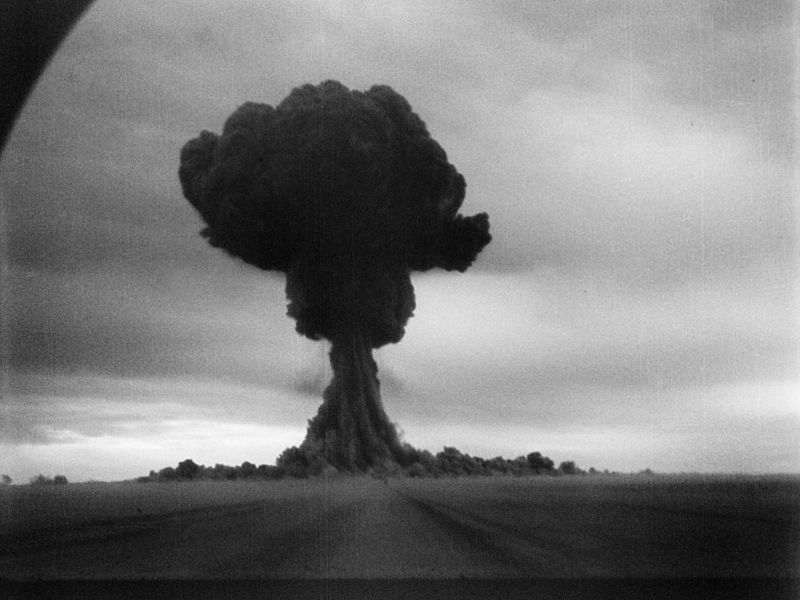Soviet scientists contributed much to the development of nuclear physics during the first decades of the Twentieth Century. When nuclear fission was discovered in the late 1930s, Soviet scientists understood that theoretically, enormous amounts of energy could be released from the fission of uranium. Work on fission research in the Soviet Union began in 1940. Stalin started a nuclear weapons program after getting a letter from a Russia physicist working on fission warning him that the U.S and its allies were working on nuclear weapons but he did not assign many resources because of the demands of the war with Germany.
Although the Soviet Union was our ally in the fight against the Axis powers in World War II, the U. S. government did not trust Stalin. The British were informed about our Manhattan Project to develop nuclear weapons during the war but we did not inform the Soviet Union. Our mistrust of the Soviet Union was justified in as much as they had penetrated our Manhattan Project with spies. Stalin was aware of our work on an atomic bomb and was not particularly surprised or interested when Truman mentioned a powerful new weapon at the Potsdam Conference in late July of 1945. The Soviet spies were not actually trained agents but were rather private citizens who, for their own reasons, leaked information on our nuclear weapons research to the Soviets.
After the bombing of Hiroshima and Nagasaki and the end of World War II in the Pacific, the United States released a report on the Manhattan project. There was an intense international debate over nuclear weapons with the United States working to keep a monopoly. The Soviet Union lobbied for general bans on the use of nuclear weapons but were busy working on the creation of their own nuclear weapons. They used the Manhattan Project report as a guide to developing the industrial facilities necessary to an atomic bomb project. Enormous resources were expended and whole secret cities were created.
The scientific director of the Soviet program was nuclear physicist Igor Kurchatov. The administrative head of the Soviet effort was Lavrenty Beria, previous head of the Soviet public and secret police. Paranoid by nature, he did not trust his scientists or the information sent from the U.S. nuclear program. He assigned seams of scientists to work in different laboratories on duplicate projects. Their findings were compared and cross checked against the intelligence gained from the spies in the United States. The information from the United States nuclear research allowed the Soviet Union to advance more quickly than the U.S. had in the development of an atomic bomb. in August of 1949, the Soviet Union detonated a Fat Man style implosion plutonium bomb in Kazakhstan. The explosion of a Soviet bomb came much earlier than the U.S. expected.
With the United States monopoly on nuclear weapons ended, the Cold War nuclear arms race had begun.
The first Soviet atomic bomb test:
